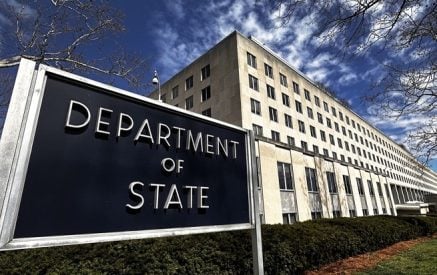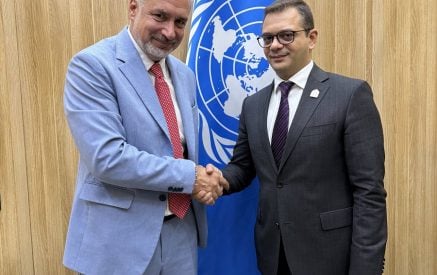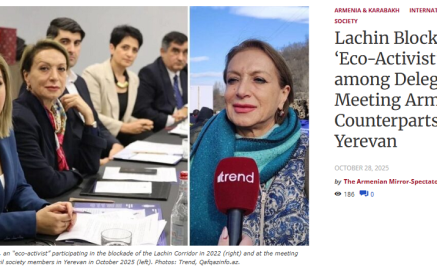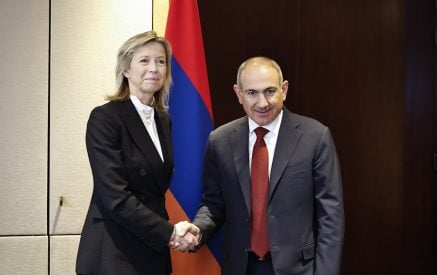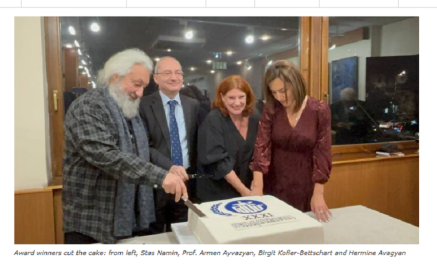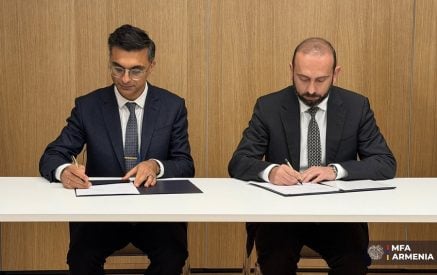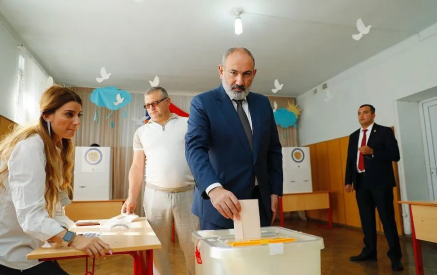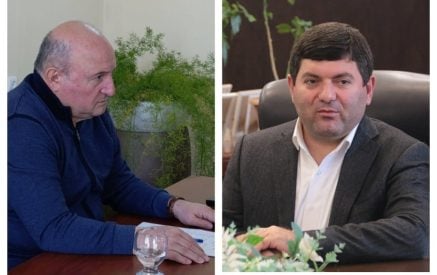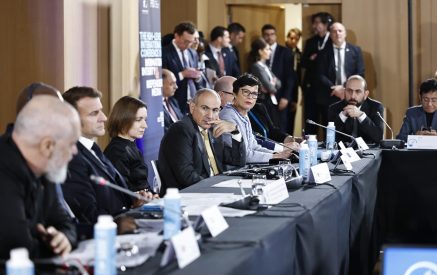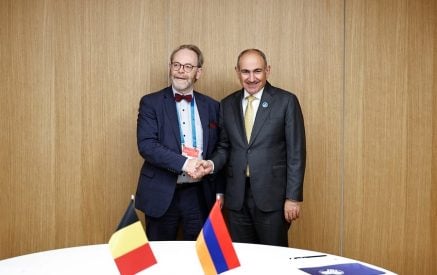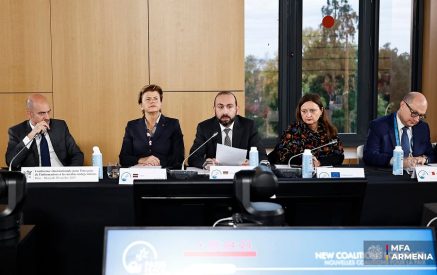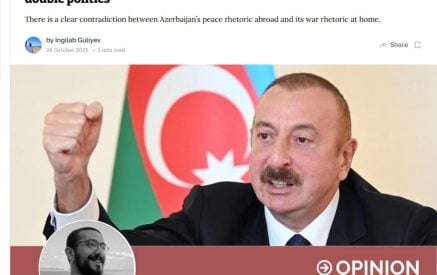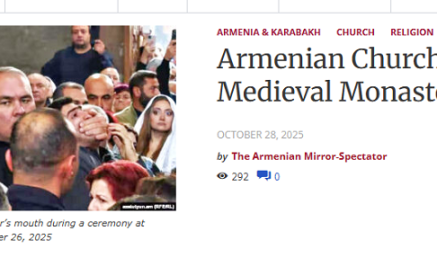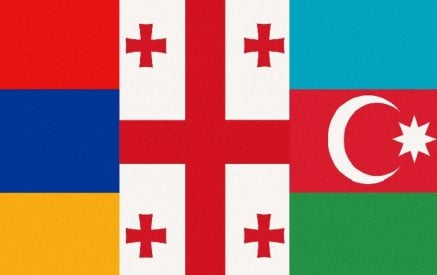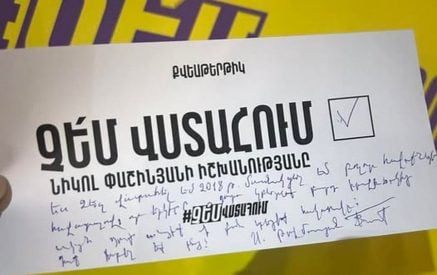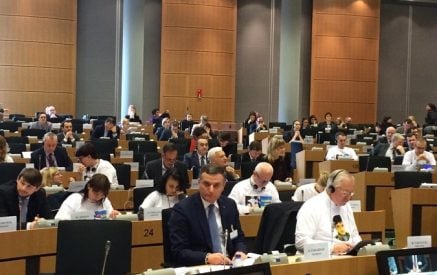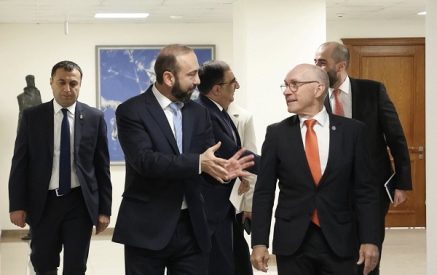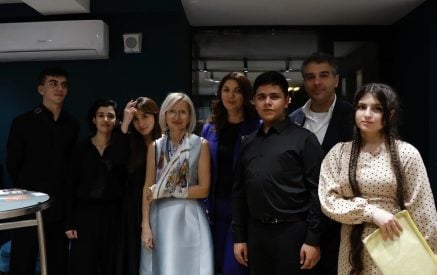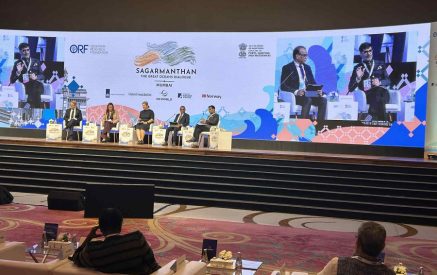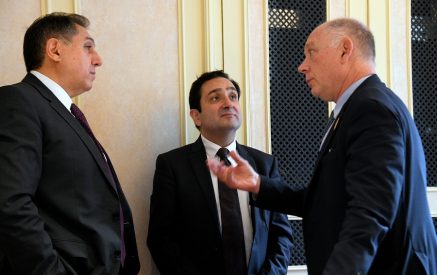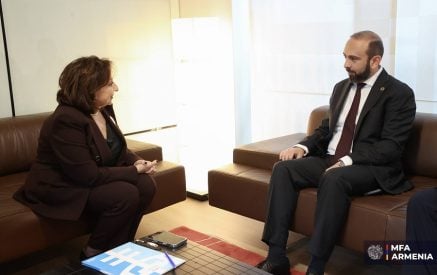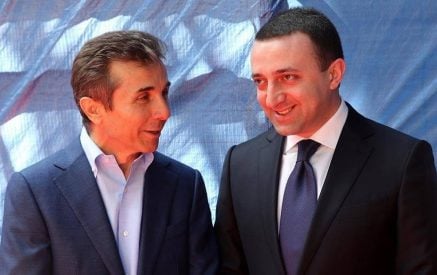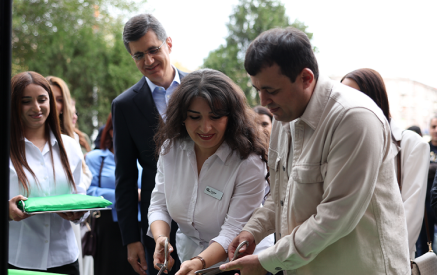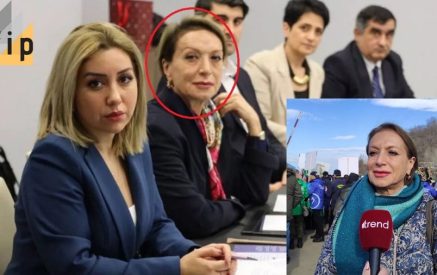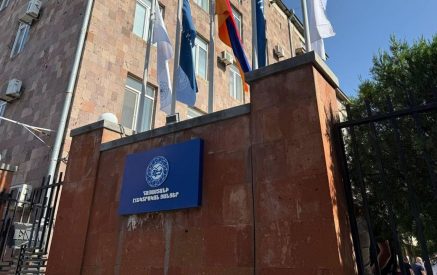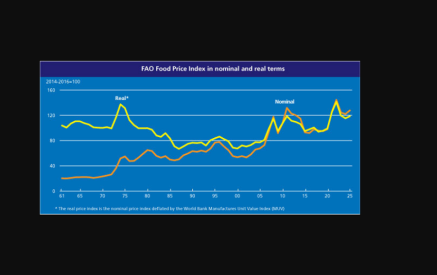The Executive Board of the International Monetary Fund (IMF) completed today the second review of Armenia’s performance under a three-year arrangement under the Extended Fund Facility (EFF). The completion enables the release of SDR 11.74 million (about US$16.3 million), bringing total disbursements under the arrangement to SDR 35.22 million (about US$48.9 million). The extended arrangement for SDR 82.21 million (about US$114.1 million) was approved on March 7, 2014 (see Press Release No. 14/88).
In completing the review, the Executive Board also approved the authorities’ request for waivers of non-observance of the end of June 2015 performance criteria (PC) on net international reserves (NIR), net domestic assets (NDA) of the Central Bank of Armenia (CBA), and the fiscal deficit, as well as the authorities’ temporary nonobservance of the PC on non-introduction or modification of multiple currency practices (MCPs). At the same time, the authorities’ policy actions have helped forestall a potentially disorderly adjustment and maintain stability and economic growth.
Following the Executive Board’s discussion on Armenia, Mr. Mitsuhiro Furusawa, Deputy Managing Director and Acting Chair, said:
“Armenia’s performance under the program has been adversely affected by weaker-than-expected external conditions and deviations from some program policies. The authorities’ policy response has helped mitigate the initial impact of the shocks but the outlook remains challenging. Steadfast implementation of the agreed measures will be necessary to meet the objectives of the Fund-supported program, rebuild buffers and policy space, and unlock Armenia’s growth potential.
“Going forward, it is important to return to greater exchange rate flexibility and to limit interventions to preserve and strengthen buffers and to support external adjustment. Monetary policy should be carefully calibrated to maintain price stability. Gradual normalization of monetary conditions through unwinding of the emergency measures introduced in 2014 would also help support a resumption of bank lending and growth. Enhancing communication with the public, business community and other stakeholders on key policy directions will be important for building consensus on policy responses.
“After a period of fiscal easing to support activity, fiscal consolidation will be needed to ensure debt sustainability. Adjustment should focus on revenue gains to protect and increase capital and social spending and support medium-term growth. The new tax code provides an opportunity to broaden the tax base by eliminating exemptions and addressing gaps and thereby to support both consolidation and increases in growth-enhancing spending.
“The banking sector remains stable, and strengthening crises preparedness and management frameworks will increase the robustness of the financial system. Introducing a financial rehabilitation plan for the electricity sector and pursuing structural reforms to enhance competition, competitiveness and regional and global integration remain critical to reduce vulnerabilities and support broad-based growth.”
Table 1. Armenia: Selected Economic and Financial Indicators, 2010–17
/ Staff Report for the First Review and 2014 Article IV Consultation.
2/ In the first quarter of 2015 the authorities started calculating GDP using the SNA 2008 methodology. They have revised GDP series from 2012 on, but pre-2012 series remain calculated using the SNA 1993 methodology. The Staff Report for the First Review and 2014 Consultation was calculated using the pre-revision series.
3/ In 2013, tax revenue includes social contribution.
4/ In 2013 includes 1.5 percent of GDP related to the acquisition by Gazprom from the government of 20 percent of the shares of ArmRusGazprom, and the transfer (expenditure) of the same amount from the government to ArmRusGazprom to liquidate liabilities. A surplus of 0.6 percent of GDP is obtained when this transaction is excluded.
5/ In 2013m a credit for $155 million is registered in FDI to reflect the acquisition by Gazprom of 20 percent of the shares of ArmRusGazprom, while an offsetting debit is registered in other capital (net) to reflect the corresponding reduction in liabilities of the later with the former.
6/ Based on public and publicly-guaranteed debt.
7/ Gross international reserves in months of next year’s imports of goods and services, including the SDR holdings.
8/ A positive sign denotes appreciation.
IMF COMMUNICATIONS DEPARTMENT
Media Relations


